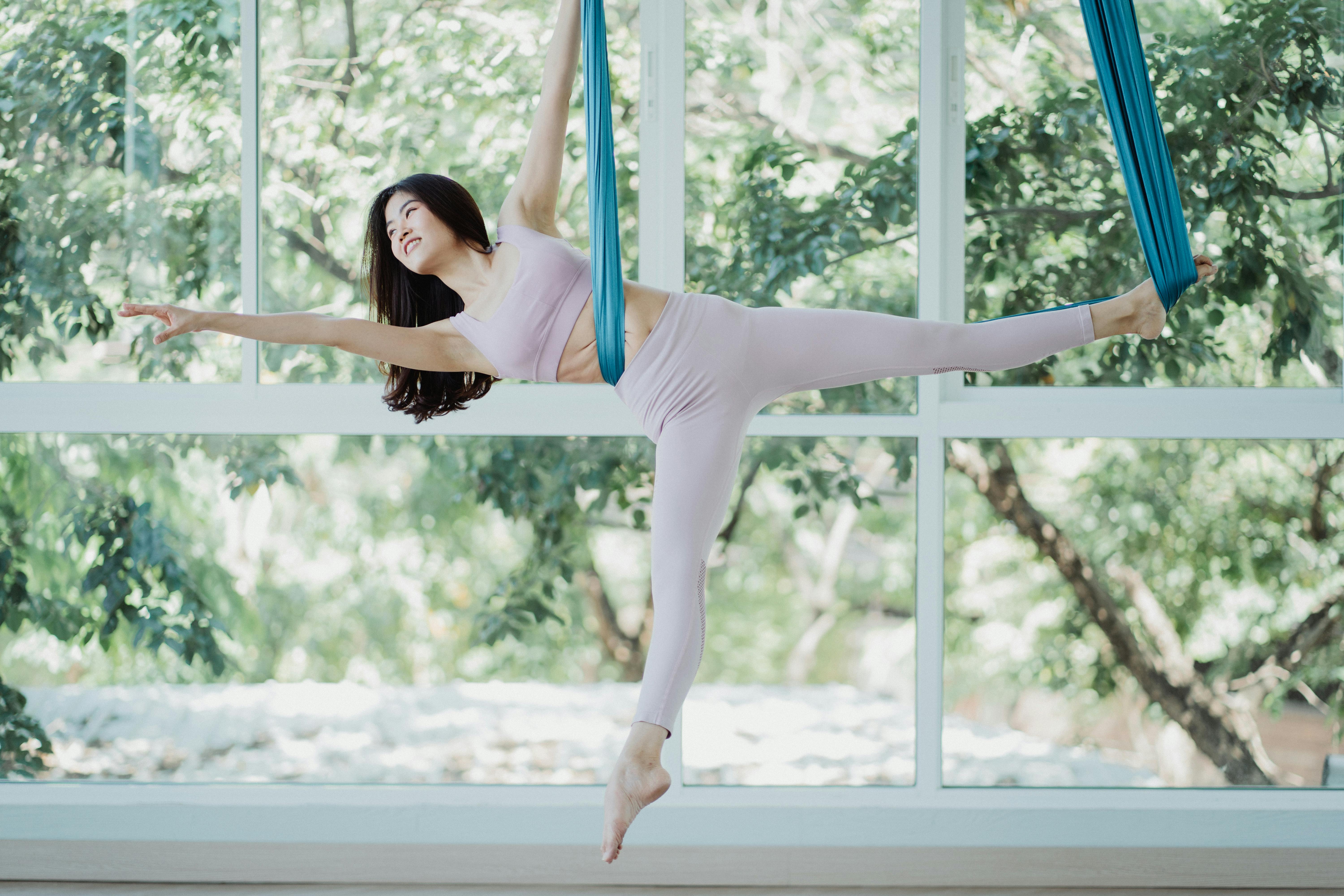We were packing the last box for the trip to Placer County when it arrived. Sub rosa, or private surveillance, video from our client. We stopped packing to check it out. Ten minutes of video filmed in two separate five-day periods. Our client, with a neck injury, exhibited a full range of motion as he got in and out of his car and turned his head to change lanes. Doing other things that he said he had a hard time doing. A report accompanied the DVD.
The first sensation one has is a tremendous sinking. One of the best tips I’ve ever received: almost any test can benefit you, you just need to figure out how. Some call this the law of judo. Others might call it rationalization.
We showed the film to our client, who was a very active and sociable person before the incident. She was part of a swing dance culture where she would go out dancing five nights a week. As she watched herself drive home from work, go to McDonald’s, and eat in her car before driving home alone, she commented on the date on the video screen. “That was my birthday.” We compared the film, the report, and his schedule, and a pattern emerged.
The camera does not show the client in the house trying to recover the next day. It does not show the client’s report to her doctor that she was trying something she did before the accident and found it was causing her great difficulty. And it doesn’t show what the camera operator decides not to film. But sometimes the absence of activity can be an advantage.
So how do you help the jury learn to distrust the investigator and focus on what the camera doesn’t show? First, personal injury lawyers ask a question that is usually avoided on cross-examination. Please explain. “Please explain to us how you carry out your surveillance.” My partner, who has done a number of cross-examinations of investigators, suggests this. Cars with tinted windows. Hiding behind the bushes. Following in stores. Hidden cameras in. “Have you checked people’s trash?” Not here, but yes. “And do you control what gets filmed and what doesn’t get filmed?”
The longer the explanation, the better. As the investigator explains, the jurors imagine this man hiding in his neighborhood. The more sordid the explanation, the better.
Next, we compare the time spent following our client with the time actually filmed. In our case, the researcher spent 79 hours (or 4,740 minutes) waiting for it, observing it, or following it. He recorded 10 minutes of video, or 0.2% of the time. He pointed out that she spent most of her time alone at her house, where he could not film. The only times he saw her leave the house were the three days a week that she went to work. That’s where she helped prove our case. The rest of the time, our active, sociable and dancer former client was left alone in the house. Her friends and family had already verified that she no longer went out beyond work and errands. “You didn’t film her dancing, snowboarding, walking, running, hanging out with friends. When you were following her, you didn’t see her do anything other than go to work, stop for an errand on the way home, and stay home.” her house. “
We also noticed other oddities. The movie’s timestamp in January showed some footage shot at 5:30 pm that looked like daylight. But the sun went down at 5:09 pm “Can you control the lighting?” Yes. “What else can you do with editing software?” All kind of things. “Can you shoot from different angles?” Yes. “And they tell you what the subject can or can’t do?” Yes. “Can you select angles to highlight the activity?” Sure. “Maybe make it look like he’s turning his head more?” Well, I wouldn’t say that.
I didn’t have to. The jury had already concluded that the sleazy investigator had carefully chosen the images and could have manipulated them. They believed that the material that was NOT on the tape was the true story and that the investigator had helped prove our case. The lesson learned? Watch the pink sub video closely. Evidence that you automatically assume is bad can lead to hidden gems. You may find that your opponent has inadvertently helped your case.


